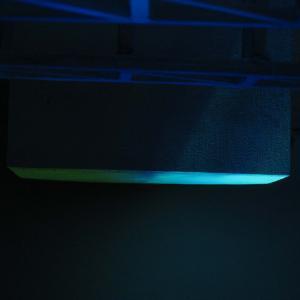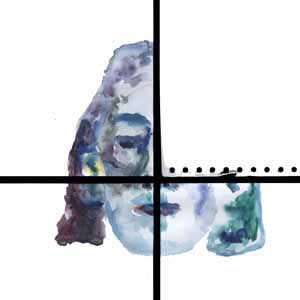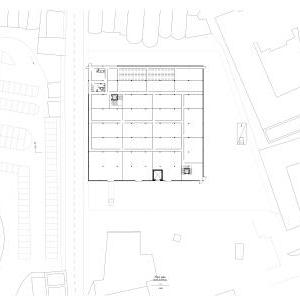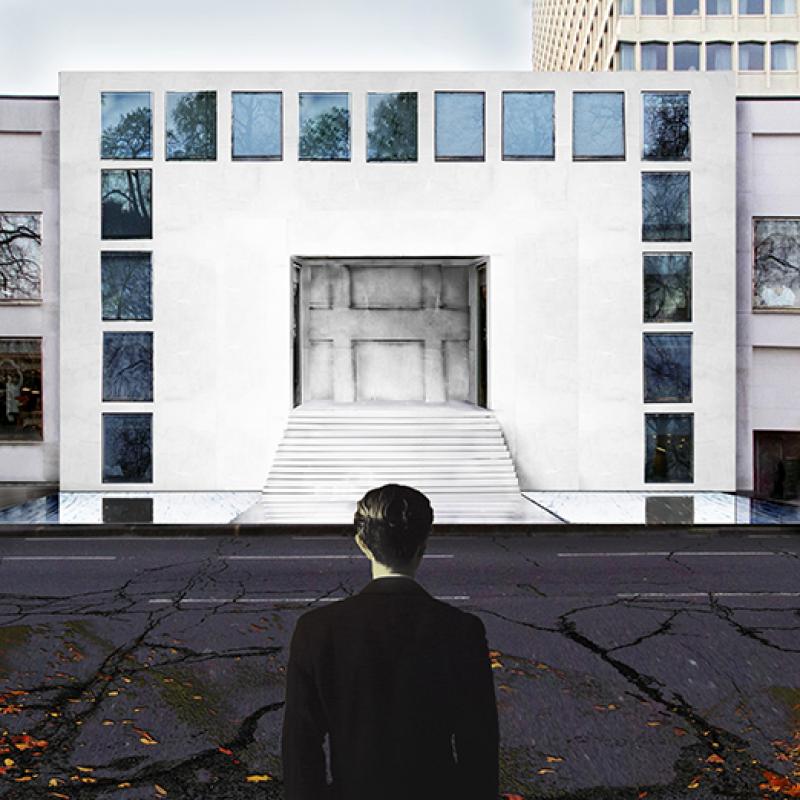First Year students at the AA are exposed to architecture by translating visual references, thoughts, intuition and briefs into a series of projects that are achieved through forms of design, writing and argument. Work from this year’s explorations was collected based on three themes: get in more stuff, work with architecture, and get it out into the world.
‘Get in More Stuff’ reacted to and translated visual references, stuff and projects into more projects. We accumulated and processed, redrew exemplary projects with known methods and re-enacted spaces, events and objects through drawings. We re-imagined architectures by using analogies with visual references, and we sketched buildings by removing possible irrelevancies. We recomposed idiosyncratic architectures, types and characters.
‘Work with Architecture’ asked students to isolate themselves from all the ‘stuff’. We embraced architecture in its scale, form and spatial relations by designing 10x10m spaces placed in a 1x1km context. Architectural elements were developed through relentless iterations of raw models and drawings. We questioned the building timeline, while montages and drawings shifted its uses. We questioned the limits of particular archetypes by pushing their limits and testing their placement in real contexts using texts, plans and models.
‘Get it Out into the World’ addressed the consequences of a project by testing its relationship to a city. Students constructed a series of arguments and speculated possible relations between the architect, the work and his or her audience.
This year, all intervals of engagement in and outside the studio mattered, and the students’ portfolios disclose their own ways of looking, thinking, telling and putting forward positions and projects of architecture in a spirit that is open and daringly vulnerable.
Head of First Year
Monia De Marchi
Studio Staff
Fabrizio Ballabio
Shany Barath
James A Craig
Maria Shéhérazade Giudici
Max Kahlen
Alex Kaiser
John Ng
Special thanks to our contributors and speakers
Pier Vittorio Aureli
Sue Barr
Valentin Bontjes van Beek
Barbara-Ann Campbell-Lange
Javier Castañón
Mollie Claypool
Mark Cousins
Antoine Espinasseau
Tommaso Franzolini
Gernot Fuhrmann
Eugene Han
Oliviu Lugojan-Ghenciu
Joel Newman
Christopher Pierce
Ben Reynolds
Davide Sacconi
Brett Steele
Jorgen Tandberg
Alexandra Vougia
Anna Viana
Thomas Weaver
Sabrina Blakstad
Robert Busher
Marilyn Dyer
William Fausset
Belinda Flaherty
Kirstie Little
Cristian Sanchez Gonzalez
Trystrem Smith
Sanaa Vohra
Many thanks to the MS, HTS and TS First Year tutors, our guests and critics, the Admissions office and maintenance staff.
Nicholas Zembashi
INTIM[ID]ATE
Architecture is explored by transcending through varying layers of spatial intimacy, physically and phenomenologically. The intimate relationships between different elements stem from direct interaction with raw urban fabric and are stretched to conceptual extremes until the intensity is heightened to the point of counter-production i.e. positive feelings are eliminated and architecture induces experiences which render it intimidating.
Buildings are like human-limb objects, extensions of the body and intimate objects of physical and metaphysical interaction. From private enclosures, to the city's infrastructure and the workplace, act as personal tools for a free-lance hairdresser.
Meanwhile, the construction of a private sanctuary for the architect, a place for contemplation and isolation, leads to the conclusion that enclosures are able to connect as much as they can divide. The ideal room is eventually one of apparent isolation, a trap, a space of tension, where escaping form public life is never entirely possible.
The idealised sanctuary is sought after by the AA's director as well. The archetype of the spiral attempts to accommodate his lifestyle as the circulation leads from the most public to the most private and intimate room.
Finally, the evolution of certain archetypes in the utopian condition of the exodus strip leads to a mass-hosuing complex in the square of the baths. There, the conditions of exhibitionism, public spectacle, sexual interaction, indulgence and seduction are exasperated in the design. The underlying reality is that of a totally voyeuristic community. The architecture’s sole purpose is to be a window of maximum exposure, a display cabinet. It sets the stage for an authoritarian society without a dictator.
By this point architecture induces no other feeling than intimidation.


.jpg)








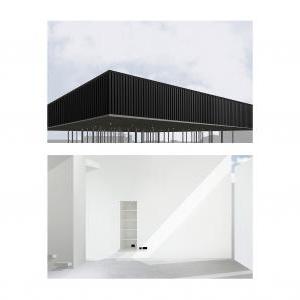













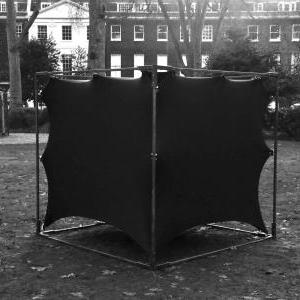


.jpg)







